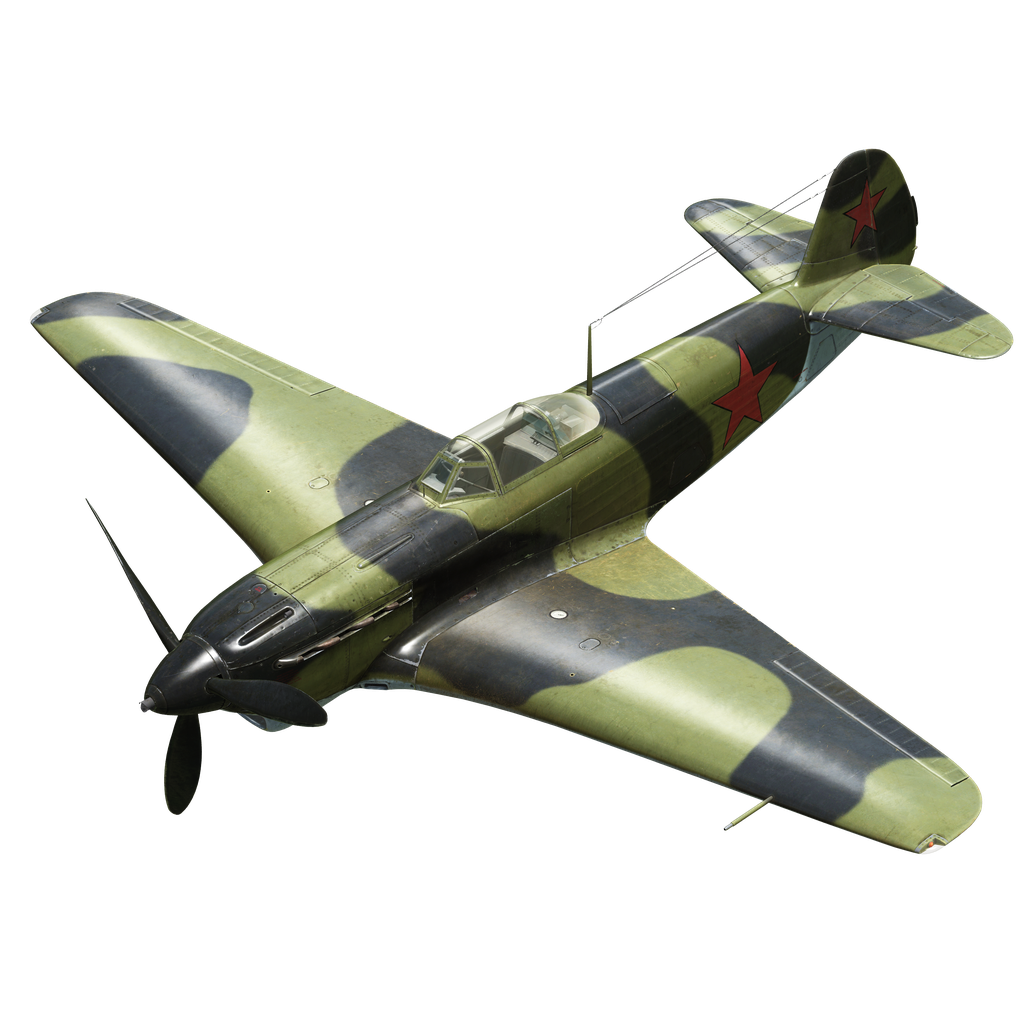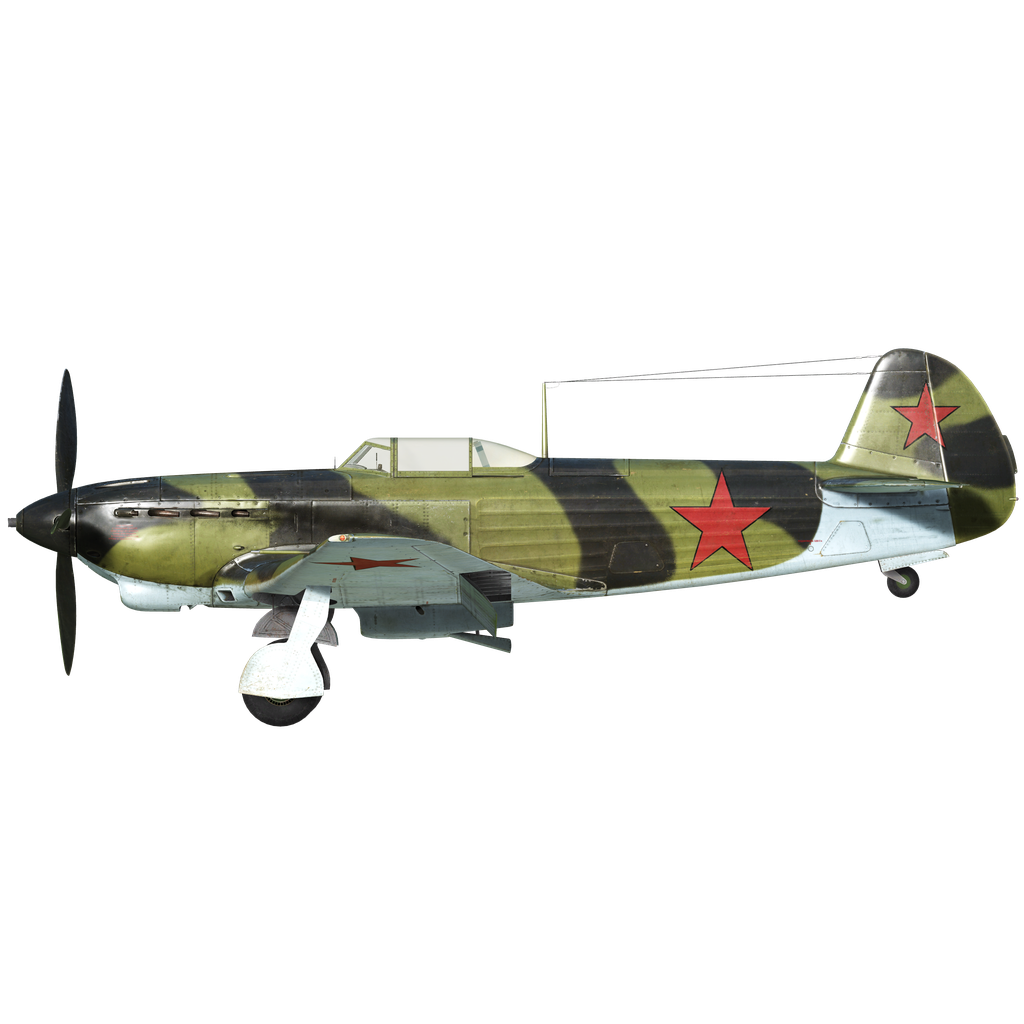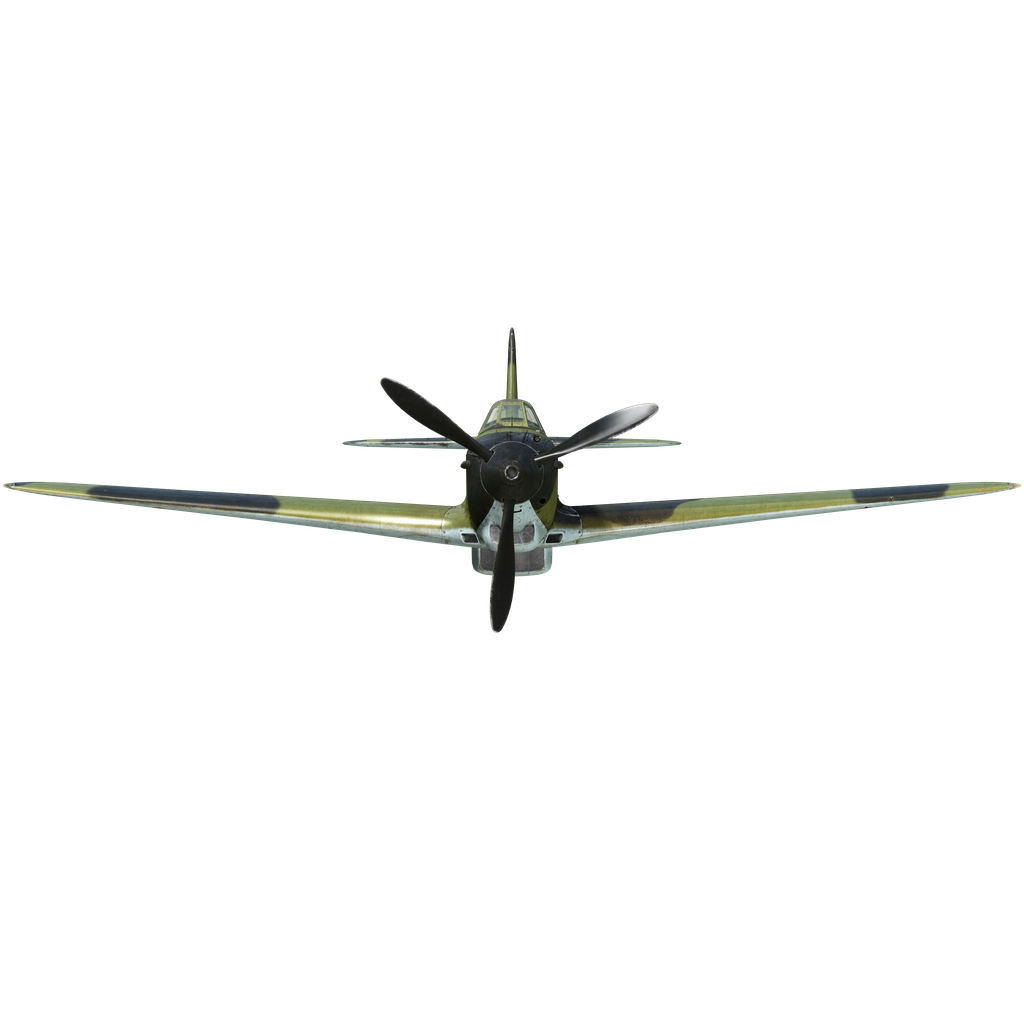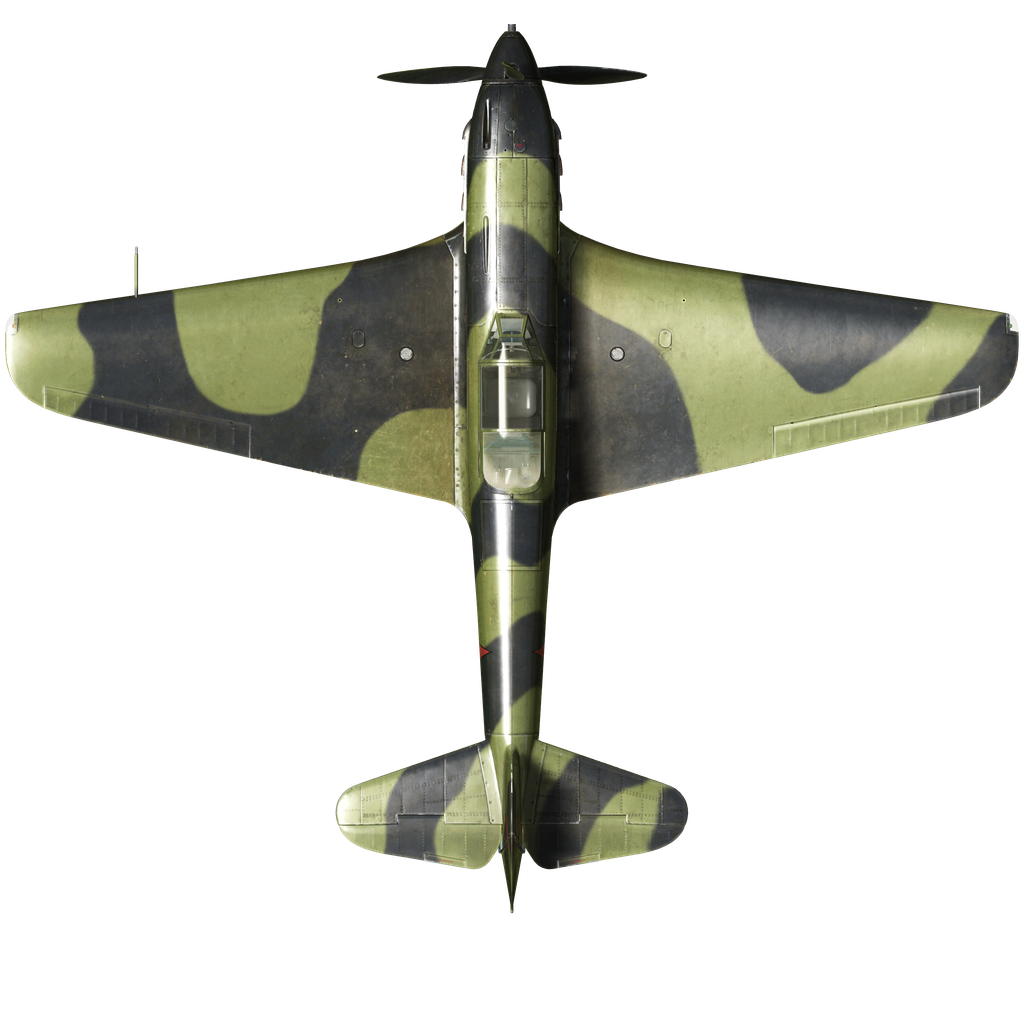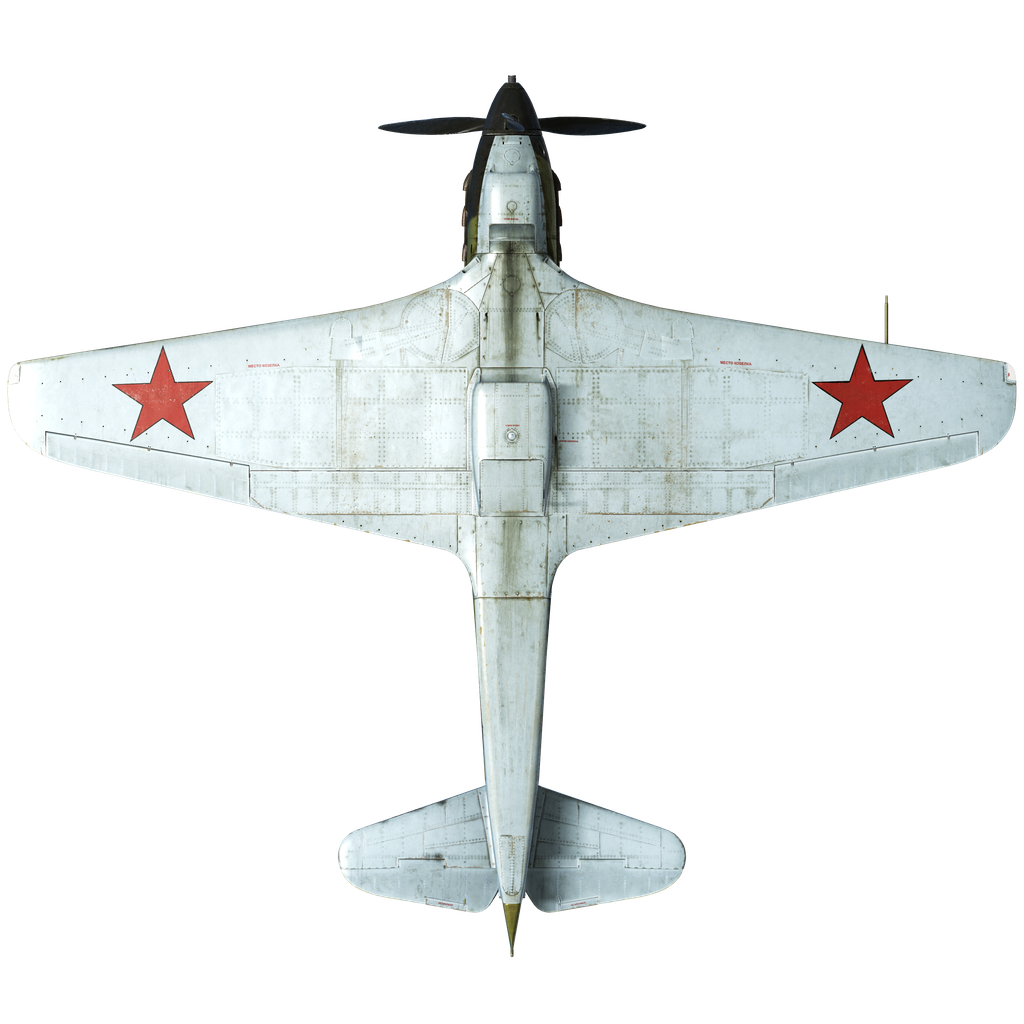The design bureau of the Deputy People's Commissar for the Aircraft Industry Yakovlev was among those involved in creating a new generation of combat aircraft in the USSR, working on the I-26 project. The specialization of the design bureau, which had previously created sport aircraft, had a positive impact on the project. The fighter was to have high speed and maneuverability thanks to efficient aerodynamic design and a rational layout with all large masses near the center of gravity.
In order to retrain pilots for Yak aircraft, a two-seat training version of the Yak-7UTI began production in March 1941, but the shortage of fighters at the front naturally led to the idea of converting the training version into a single-seat combat version: this was the Yak-7. When in the summer of 1942 the opportunity arose to use aluminum alloys more widely, it was decided to create a lightweight version of the Yak-7DI (long-range fighter). Tests carried out from the end of June to the beginning of August confirmed the high performance of the new aircraft, which received the designation Yak-9.
The Yak-9 became the founder of the most massive family of Soviet fighters during the Great Patriotic War, which had many modifications and 16,769 units were produced.
The Yak-9 was a single-seat front-line fighter monoplane with a low wing of mixed design with a metal spar and retractable twin-strut landing gear and tail wheel. It also inherited a metal tail from the Yak-7. The serial Yak-9 differed from the Yak-7DI prototype in many ways: a different engine was installed, the number of fuel tanks was reduced from four to two, the oil supply was reduced, and the bomb racks were also removed. A teardrop-shaped canopy with improved visibility was installed.
The first series of Yak-9 still used the M-105PF engine and VISH-61P propeller. The engine developed 1240 hp at takeoff and 1200 hp at an altitude of 4000 m.
The armament still included a 20 mm cannon mounted in the camber of the engine cylinder block, firing through the hollow shaft and propeller transmission, and a heavy machine gun above the engine on the left.
The Yak-9 took part in combat for the first time during the Battle of Kursk, although individual planes had also been sent to units for familiarization.
The Yak-9 was maneuverable in both vertical and horizontal planes and was light and comfortable to operate. The increased use of metal in its construction also increased its survivability in combat. It had a noticeable advantage in the air over other Soviet fighters and some types of enemy fighters and deservedly received high praise from pilots.
Used sources:
V. Shavrov “History of aircraft designs in the USSR 1938-1950.” 1988
M. Nikolsky “Yak-fighter” Aviation and Cosmonautics magazine No. 5-5 1999
Materials from the site airwar.ru
